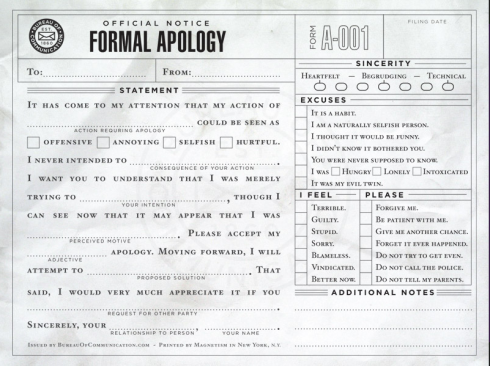
I may have to use this.
The The Bureau of Communication has a number of other useful forms that you can even fill out online.
Middle and High School … from a Montessori Point of View

I may have to use this.
The The Bureau of Communication has a number of other useful forms that you can even fill out online.
10 seconds of consciousness, and 90 seconds for “minimal permanent injury”. Andrew Tarantola summarizes the actual science of What Really Happens When You Get Sucked Out of an Airlock.
Some degree of consciousness will probably be retained for 9 to 11 seconds (see chapter 2 under Hypoxia). In rapid sequence thereafter, paralysis will be followed by generalized convulsions and paralysis once again. During this time, water vapor will form rapidly in the soft tissues and somewhat less rapidly in the venous blood. This evolution of water vapor will cause marked swelling of the body to perhaps twice its normal volume unless it is restrained by a pressure suit.
— Parker and West (1973): Bioastronautics Data Book: Second Edition. NASA SP-3006.
This is a question I occasionally get from students, so it’s good know where to find the studies, even though much of the evidence comes from accidents that happened to astronauts and cosmonauts.
The Slow Mo Guys do popcorn:

This amazing morphing of old masterpieces by Micaël Reynaud is worth enlarging. Warning: it’s about 10 Mb and you might just have to keep focused on the eyes to avoid motion sickness.
It’s similar to Philip Scott Johnson video below (you can find information about the artworks used here).